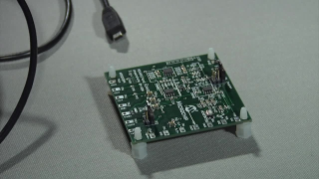Elektronika Praktyczna & Microchip SAM9X60 Curiosity Development Board
Win a Microchip SAM9X60 Curiosity Development Board (EV40E67A) from Elektronika Praktyczna and if you don’t win, receive a 15% off coupon for this board, plus free shipping.
The SAM9X60 System on Module (SOM) is intended for graphical and communications applications spanning various industries such as medical equipment, electric vehicle chargers with a display, security panels, industrial and home automation control and more.
The SAM9X60D1G is a high-performance, ultra-low-power ARM926EJ-S CPU-based embedded microprocessor (MPU) running up to 600 MHz, with 1Gbit integrated DDR2 memory. The device integrates powerful peripherals for connectivity and user interface applications. It offers State-of-the-Art security functions such as Secure Boot capability with on-chip secure key storage (OTP), high-performance crypto accelerators (SHA, AES and TDES) as well as tamper pins.
Coupled with Ensemble Graphics Toolkit or MPLAB® Harmony Graphics Suite, the SAM9X60-SOM is particularly well-suited for low-power, low-cost RTOS or embedded Linux applications that still require high-performance graphics.











